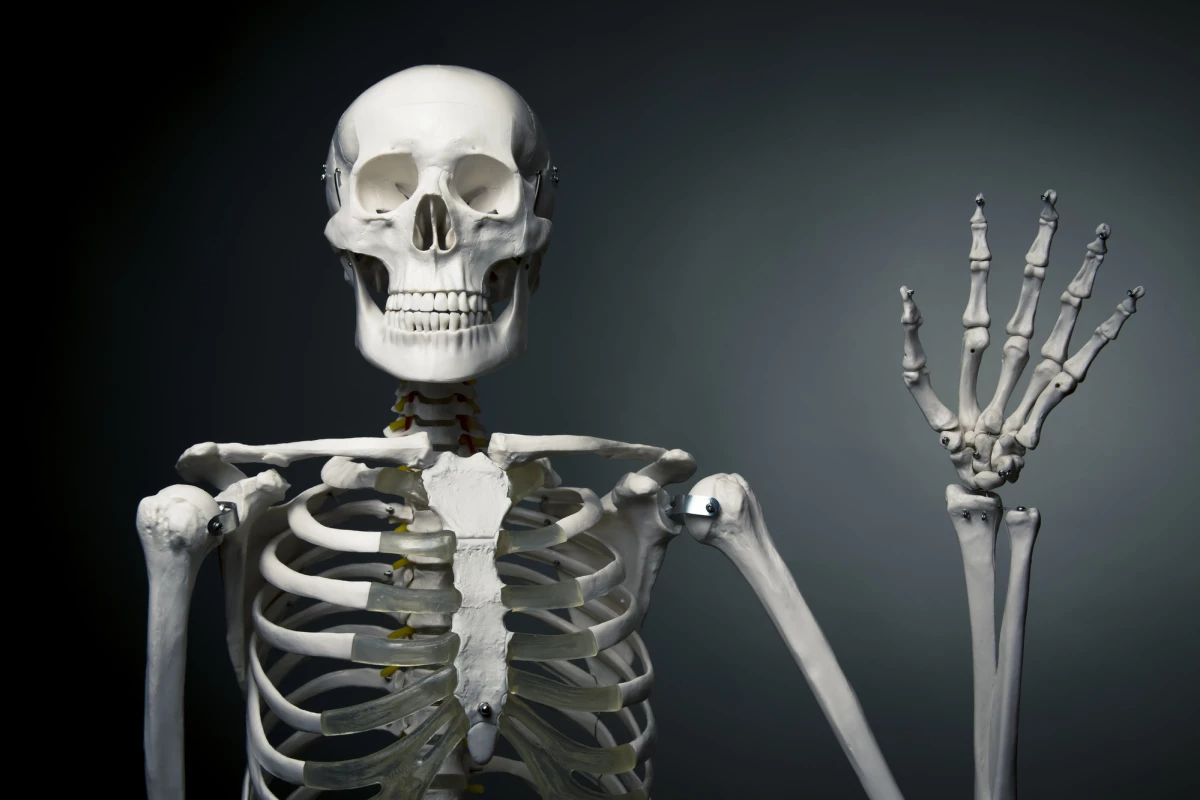By taking their microscopes to the skeletal structures of the human body, scientists in Australia have unearthed an entirely new type of bone cell, one they believe may play an important role in the development of various bone diseases. The new cell switches on a number of unique genes, shedding new light on the way bones degenerate and reform and opening up new possibilities for the treatment of conditions like osteoporosis.
As part of our natural bone development, special cells on the surface break down old bone tissue and then build it back up again. When changes occur to this cycle and throw things off balance, conditions like bone fragility and osteoporosis can take hold, but the different cells involved in this process could offer novel ways to intervene.
Among those is a cell type called osteoclasts, which are specialized cells involved in breaking down bone tissue and served as the starting point for the researchers at the University of New South Wales (UNSW). They used what's known as intravital imaging technology to take a look deep inside living bone tissue, where they found that the osteoclasts actually divided up into even smaller cells, before reforming into osteoclasts again.
“This process was completely new to us," says Dr Michelle McDonald, first author of the paper describing the research. "The consensus until now has been that osteoclasts undergo cell death after they’ve done their job, but we saw they were recycling by splitting up and joining back together again, a process which we hypothesize may increase their lifespan. We also found these cells in the blood and bone marrow, suggesting they can travel to other parts of the skeleton, as a likely ‘reserve’ of cells that are ready to fuse and deploy when osteoclasts are needed again.”
To further understand these newly discovered cells, the team used RNA sequencing to establish their genetic profile, which only piqued the scientists' interest further.

“The profile of genes that were switched on in these cells was really interesting – while many genes were also expressed by osteoclasts, several were unique," says author Dr Weng Hua Khoo. "This, together with the evidence of the new re-fusion processes observed by intravital imaging, convinced us that we had discovered a new cell type, which we called osteomorphs, after the Mighty Morphin Power Rangers."
Following up on this discovery, the team collaborated with scientists at Imperial College London to delete 40 of these genes in experimental models, to find that 17 of them had an impact on bone size and strength. These genes were found to be linked to gene variants known to play a role in bone mineral density and to cause conditions like skeletal dysplasia, indicating how important the role of osteomorphs might be.
As an example of this, the team believes these cells might be a significant factor in some of the common complications concerning a treatment for osteoporosis denosumab.
“Some individuals who discontinue the osteoporosis treatment denosumab experience a reduction in bone mass and an increase in so-called ‘rebound vertebral fractures.’” explains Professor Phan.
The osteomorphs throw up a potential explanation. The researchers believe that denosumab works by blocking a molecule needed for osteomorphs to reform into osteoclasts, so that when patients receive the treatment they build up a supply of osteomorphs in the body. When treatment is stopped, a flood of osteoclasts are formed, which causes a sudden spike in the breakdown of bone tissue.
“While we don’t yet fully understand the role of osteomorphs, their existence has already led to a major step change in our understanding of the skeleton,” says Professor Croucher, co-senior author. “This research has been an enormous combined international effort across many scientific disciplines. We look forward to exploring how these cells may change the approach to osteoporosis and other skeletal diseases moving forward.”
The research was published in the journal Cell.
Source: University of New South Wales





